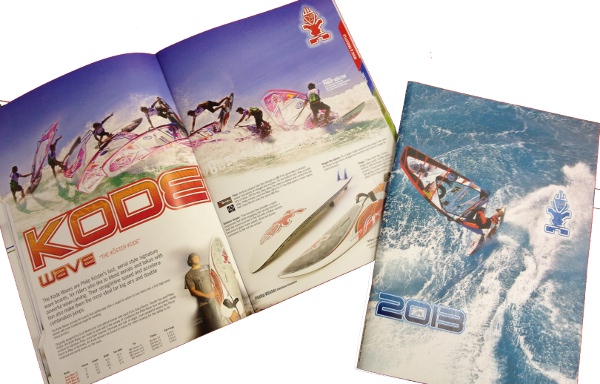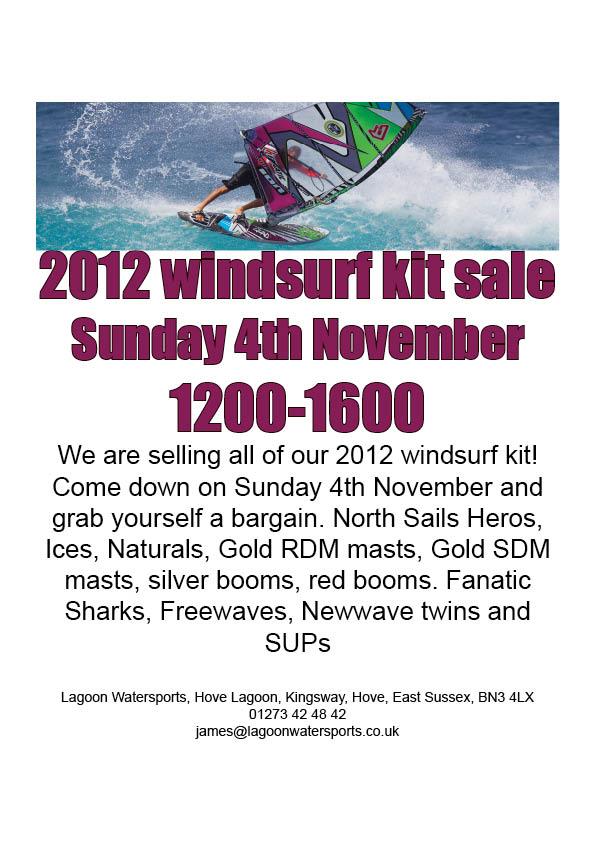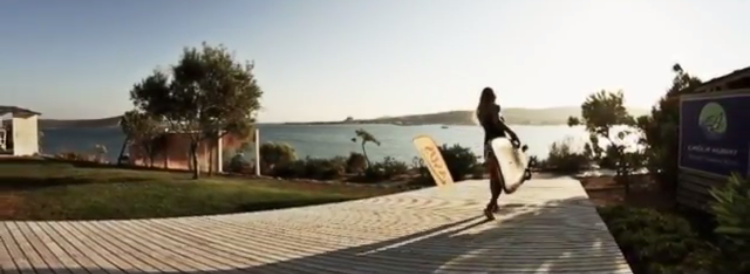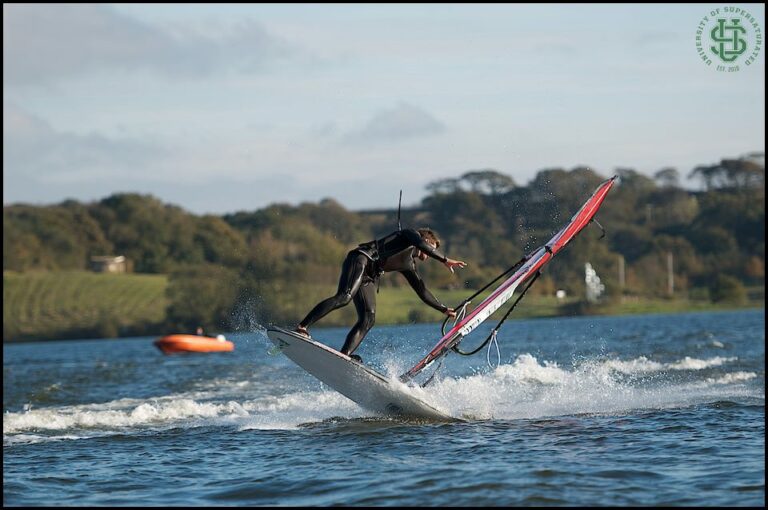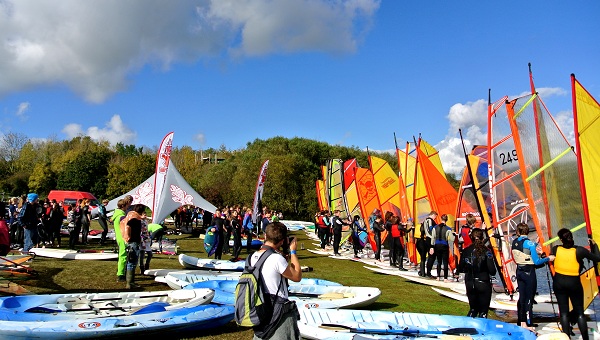We all love going fast; blasting back and forth, racing mates and trying to get that little bit of extra speed out of a gybe. For these very reasons slalom racing is pretty popular, many of us taking part in it at national, local or even a very informal level. Boards is joined by some of the UKWA’s top slalom racers in a short ‘Slalom Secrets’ series, which aims to give you inside scoop on how to improve your slalom skills.
In this second part we cover:
Gybing – how to enter and exit
and
Top Speed – how to go as fast as possible
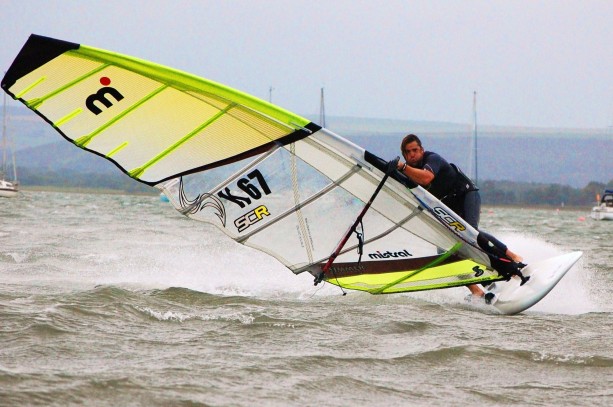
Gybing
Simon Pettifer: Anyone can gybe down their local beach on their own when they choose to do it, it’s when there are eight or nine people around you it can get tricky. I find that if I take it easy I make a mess of it, so I have to try to go for it almost as if the other guys aren’t there, but you do have to make sure that contact is avoided and this can involve a bit of swerving around as people do fall off and if you pile into the back of them then you’re race is over. Try to come out of your gybe close to the buoy, so you’re upwind of any of the sailors around you, you don’t want to be down wind of a couple of sailors both pumping their sails to get on the plane, you will come off the plane and sit in their bad air.
Also, try to gybe on a wave or swell to help keep you on the plane, even try to come out of the gybe down chop, anything to help you get through the mess of wakes left by the sailors around you.
Simon Cofield: When gybing I’m always look for a bit of swell or a trough to go down while I’m flipping the rig and changing my feet; this allows you to keep momentum and exit the gybe with speed.
Kev Greeneslade: Really just focus on the exit speed and try not too leave too much space for others to sneak through; and don’t fall off!
Another top racer, Sam Latham, shows us the perfect slalom gybe below…
Sam Latham K15 – 3 fully planing gybes from Sam Latham K15 on Vimeo.
Ant Baker: It’s very important to make your exit a priority, meaning it doesn’t matter how it looks as long as you come out fanging!
James Dinsmore: If in doubt it is much better to go in wide and come out tight. If you come out upwind you will have clean air in which to launch an attack on any sailors ahead and you are also in the best position to defend your position.
If it is super windy and rough then it may help to head into the wind to shed speed and gain control just before you initiate your gybe.
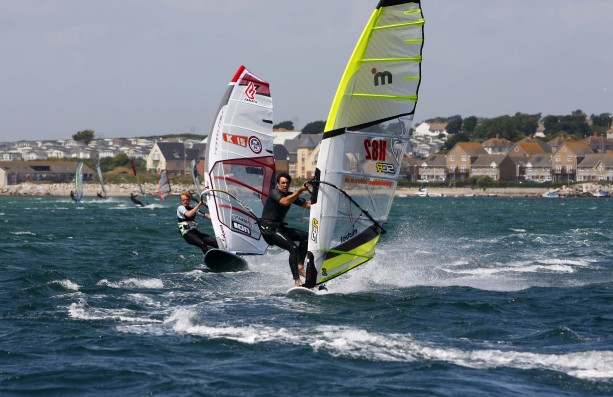
Top Speed
Simon Pettifer: Sailing on your own is great for some things, but to improve your speed I think you need to sail with other people. We all know it sucks to be passed by other people so we try harder, if you get passed by your mate, go in pull on an inch of downhaul go back out and see if you can beat him, if doesn’t work try changing your fin – put a smaller one in – it’s all about finding out what makes a difference.
Simon Cofield: Sail – I like to sail fully powered, putting as much of my weight through the harness lines as possible, be fully sheeted in and keep the sail as still as I can. I find this the best way to go fast.
Board – You want to be riding right on the fin, with just the back section of your board touching the water. To achieve this you need your deck plate in the right position, to far forward and the board will stick to the water = slow, to far back and you will be tail walking in the big gusts = slow. Experiment with positions to get it right.
Kev Greeneslade: I am fortunate to be 6’4″ , 98kg and use the fastest sails in the world, eat pies, drink beer, sheet in, job done. Being maxed is key for speed, however I do like to get on to smaller than 9.5 and 140 as soon as posable my 8.6 /123 combo is just much more efficient for me.
Ant Baker: I get asked all the time how my kit feels and I answer with: “it feels horrible… but I’m fast.” Pro windsurfers can get their kit tuned to the limit, but for most it’s about getting round the course, not falling on gybes is the most important thing then you can start to crank things up a bit to get some top end. I like to use small fins and big sails, this means the power I generate from my rig goes forward not up in the air. I also use a Shox North mast base which allows me to stay sheeted in through bad chop, but don’t tell anyone 🙂
James Dinsmore: The first thing to say is that having overall good speed around a slalom course is very different to achieve a peak speed with a GPS when sailing on your own.
The time it takes to get to top speed is vital in slalom and may be more important than the top speed itself. Having good acceleration is key at both the start and when exiting gybe marks and can win or loose you a race. In the real world you may well not hit the start line at top speed but if you have good acceleration then you can get into clean air quickly and then have an advantage over your competitors.
For good acceleration you want to be able to sheet in with the backhand and immediately feel your sail drive you forwards. Taking a relatively big and full sail will tend to give you this ‘power on tap’ feeling. In order to achieve a better maximum speed with a GPS you may well choose to use a smaller sail and fin than you would on a slalom course. With a GPS you can time your runs with the gusts and then make the most of the efficiency and less drag of a smaller sail and fin. If you take a fin that is too small on the slalom course then you will struggle to point. Even on a ‘downwind’ slalom course it is vital to be able point upwind as this allows you to find clean wind and overtake. Finding the right fin for your board and sail is vital as you want just enough lift to allow you to point but not so much so that the boards threatens to take off.
Next time on Slalom Secrets we will cover: Tuning and Training.




